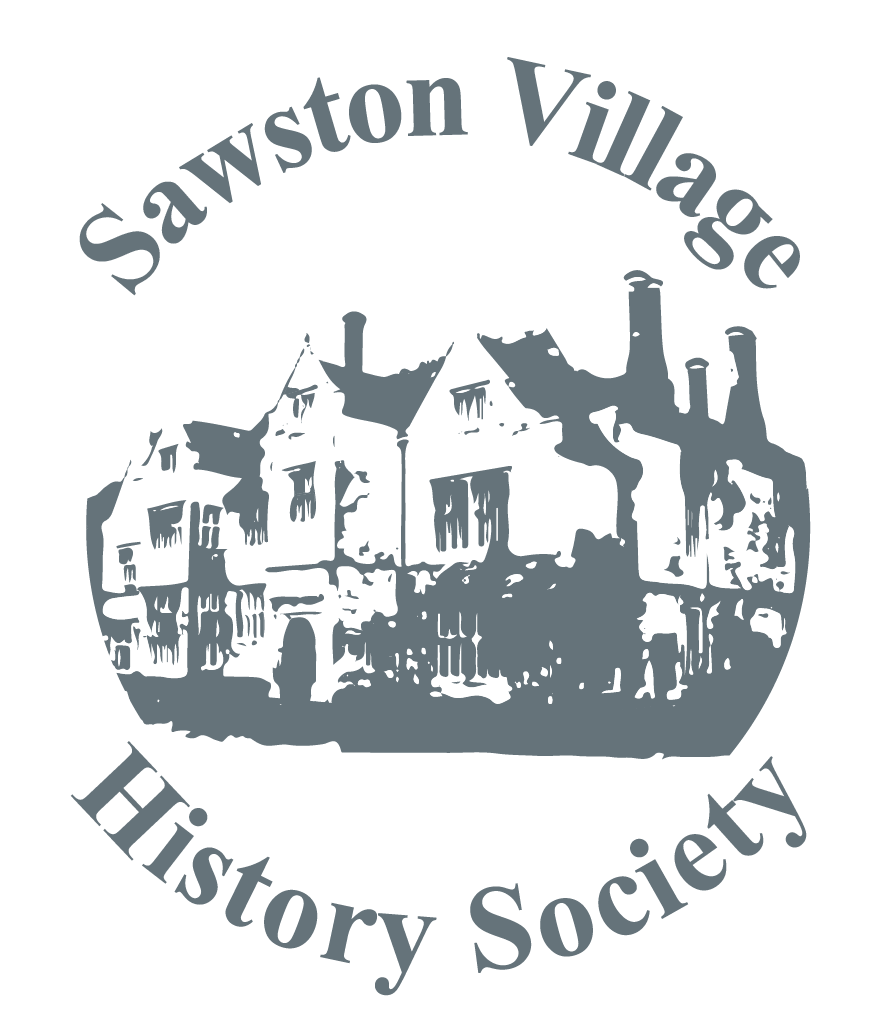
The archaeological dig which was carried out at Trumpington Meadows prior to house building revealed a time capsule stretching from Neolithic times through the bronze and iron ages to the Roman and Saxon periods and ended with an exciting jewellery find.
A 1940 aerial photograph showed evidence of coprolite diggings in relatively modern times but also a number of circular monuments which were thought to be Bronze Age. However, pottery found during the excavation showed they were Neolithic. This was unusual, as long barrows are more typical of this period, although round monuments are not unknown. There was also later evidence of the beaker people re-using one of the barrows.
There seems to have been a period of about 4000 years when not very much was happening at this site, until the beginning of the Iron Age about 500 BC. The round barrows would still have been clearly visible at that time, rather like Stonehenge is clearly visible to us today after a similar period. A ditch was dug across the site to separate the living and the dead. The living created a pit settlement. Pits were dug to store grain for seed for the next year in anaerobic conditions. As these pits were only used once, the excavations revealed a vast number of them, and old pits were filled with rubbish and even dead bodies. They do not seem to have had the same reverence for the dead as developed later, and there is evidence of human bones used for tools. Grain for consumption in the current year was stored in a different type of store with a four post structure.
There was just one different burial found on the other side of the ditch where the Neolithic burial mounds were, which was obviously of a very special person who may have been revered or perhaps greatly feared. It was obviously a special burial because it contained grave goods.
The unexpected discovery was of Saxon occupation in the seventh century, which probably represents the beginning of the present Trumpington village. Finds included a pendant which may have been Viking in origin, and bone and iron needles. There were wells which were three meters deep. Four burials were found.
The most interesting of these was of a fifteen year old girl, and was a bed burial. This is the seventeenth bed burial that has been discovered in the UK. This practice seems to have been specific to this period, and to Britain. It has not been recorded elsewhere in Europe. The bed was made of ash, and may have been made specifically for the burial, as oak may have been used for a normal bed. A small gold cross brooch decorated with garnets was found on the skeleton so she must have been a very important person. Later cleaning of the scull revealed a pair of gold pins joined by a gold chain which must have been used to fix clothing. Only four other vaguely similar crosses have been discovered from other parts of Britain. Further tests on the garnets are hoped to show where they came from, probably India. Trade must have been widespread even in those distant times.
This girl was obviously important, maybe even royal. What was she doing here, was she local, was she on a pilgrimage to Ely, or was Trumpington an early Christian centre? It is fascinating to speculate but we shall never know.
Jim Butchart